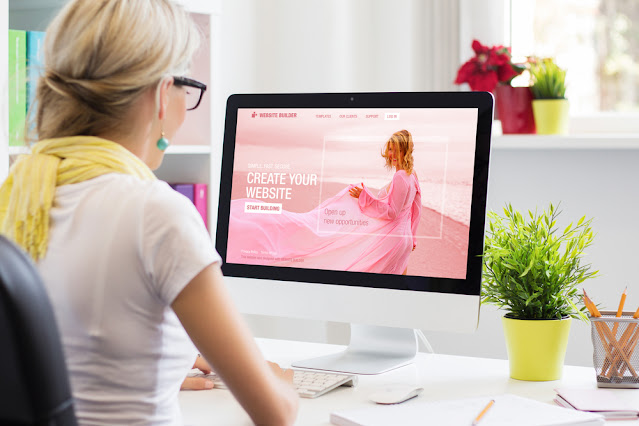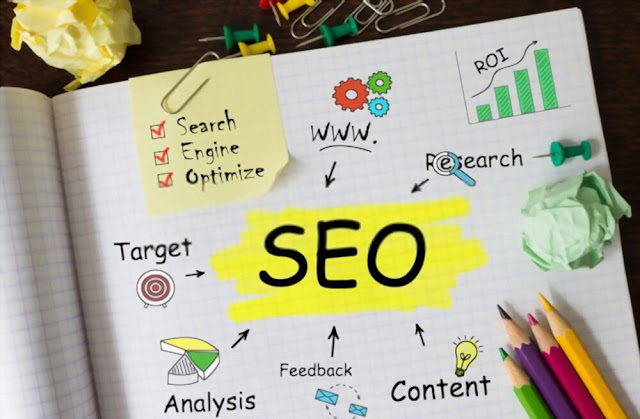How to Select an E-commerce Web Design Company
Choosing the right e-commerce web design company is a vital first step for businesses who want to achieve long-term success online. If you're starting an e-commerce business or need to revamp your website, this guide will help you choose between a pre-made solution and a custom design. We've also picked out some of the top e-commerce platforms so you can see how they stack up against each other. Grab your notepad — you're about to learn how to find the best web designer for your company!
Finding the right e-commerce web design company for your business
When selecting a website design for your business — a platform like Shopify or Magento is usually the first choice from the logistics provider. Most e-commerce platform vendors sell to businesses only, though some are more expansive and offer design options to consumers.
The great thing about a platform like Shopify is that everything is included in the price you pay. Some customers will want to install their apps (Mail Chimp, Klaviyo, Confluence, etc.), others want to use a CMS, but there is something for everyone.
Another problem with relying on a single e-commerce platform is the consistency of design across all sites. Some companies receive an update once per year and need a new look for their visual identity.
Another common reason a site needs to be refreshed is to include a brand new design — something entirely possible and quite time-consuming.
For example, if you plan to introduce a new product into your business, you can easily update almost every aspect of the site. Updates logins, sections, buttons on product pages, everything you could change.
Sure, other companies will do this for you, but most of them charge a hefty fee for the quality you get with Shopify.
Shopify is a platform I know and love. I use it for my B2B and remote workforce needs, including branding, pricing, software, and pricing plans.
The simple reason you want to choose Shopify as your e-commerce web design provider is:
The e-commerce platform has a vast marketing department ready to roll, so they carefully craft a few variations on the template you give them. Stores receive updates daily, and they are continuously working to improve the user experience.
You can test drive their templates to see if you like what you see, but even if you don't, Shopify has prolific support available if you need to reach out for any reason.
The following features are what make Shopify worth considering:
For us, the preferences for the software and pricing overlap a little between Shopify and other relevant e-commerce vendors, so there aren't any other significant differences.
What do other e-commerce vendors have in common, then? Channel compatibility is questionable at best and does not directly affect customer experience when selecting a platform. For example, Shopify offers VPS hosting, which many other platforms do not. The only way to get channels for them to work together (that we know of) is through the configuration as part of a custom e-commerce site project.
A step by step guide to choosing a web design company
Before you start hunting around for which designer or platform to choose, it's essential to understand what you're looking for. Don't just jump into any design competition just because it seems trendy, even if it is.
Even if you think your idea is excellent, it might not be, so before you embark on a search for the next best design solution, here are a few things to consider:
Incorporating realistic visuals into your website differs by brand. Still, each year, most companies update their visuals frequently because they attract customers' attention, which is the number one reason users purchase.
While flashy and unique colors and imagery may tempt designers, your website should resemble a real and living world. Your hierarchy should convey an atmosphere of comfort, with realistic environments and collections that make users feel comfortable.
Some colors and images make sense, while others may not seem right in the beginning. In general, however, your website should have:
This is your "landing page." Your tone and your design should be reflected on this page. Of course, users should find what they need quickly and easily, but the manner and style you pick should be consistent no matter what product or service you have available.
This is how visitors first see your landing page once they arrive. It's your chance to present the most current and relevant information to your audience, as well as any special offers and news your new arrivals may be interested in.
Your design should complement your organization's mission, colors, and image with the correct text and graphics. Your organization's values and principles should define your entire look and feel.
Your landing page should:
After users have reached your landing page, we recommend completing this process:
We intentionally avoided listing out every aspect of our landing pages. When choosing a mobile website design, you also need to consider the unique design and services that work best on small screens.
Yet, we can outline the essential steps to follow to create a sleek and easy to use the mobile website:
Mobile users scroll less, so your landing page needs to be short and visually appealing no matter what product you're selling. Many users start scrolling on mobile devices before they reach the top of the page, so you need to make sure your landing page has options at the top where users can easily find what they are looking for.
Choosing an e-commerce platform for your website
When you plan to rebrand an existing website, you need to contrast your current look with the new look you're looking to create. You'll probably want to go with a similar style but change many small details to make the new design feel natural and visible across the entire company brand.
Here are some details to consider when planning:
Adding logos, website footers, or some other decorative elements to change the look of your site immediately isn't a great approach. As long as your logo is distinctive and incorporating a logo with a similar color is OK, you can add it much later than reinvent your site's entire look.
Custom design doesn't have to match your brand's existing look — allow it to be an unusual step closer to a "real" business that will breathe new life into an outdated website.
Style and design decisions, while critical, are not the most crucial aspect of choosing an E-commerce Web Design Company. What's more important is choosing a platform that will allow your website to download, preview, and test in a short timeframe.
Ecommerce platforms often vary in terms of many design elements, such as the type of font displayed, the animation effect used as backgrounds, fonts, icons, the shape and size of dropdown menus, and the color palette. These differences will impact how your site renders on different devices and how your users interact with it.
While new design elements can look stunning on some devices, old designs may look downright awful on others. If your website requires a specific design aesthetic — along with being responsive and fast — you'll probably get better results choosing one platform over another.
Before selecting the most popular e-commerce platforms, don't forget to consider your business's value from the venue. It's best to choose one that can deliver faster testing and prototyping, both for your brand and for potential customers.
Footers are still lovely for quick navigation on mobile devices. Still, we highly recommend against adding them to the head of your site because they can easily take up too much space and are easily misused in the navigation.
The grayscale versions of the user interfaces are also responsive, saving you from re-designing large sections on your site. Plus, most of the time, their grayscale will make it easier to read and give more power to your business' brand.
After thoroughly researching online about the best e-commerce platforms, read all the negative reviews to see their pros and cons.





Comments
Post a Comment